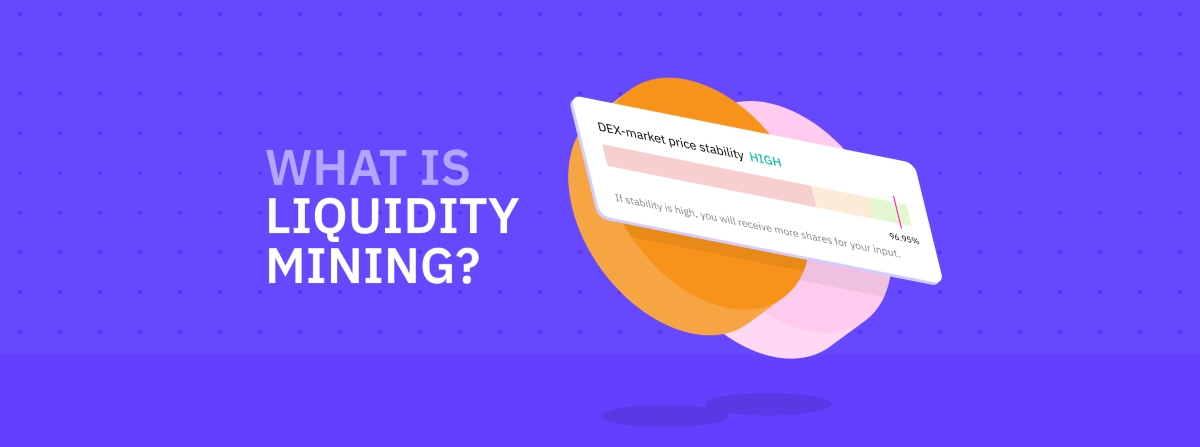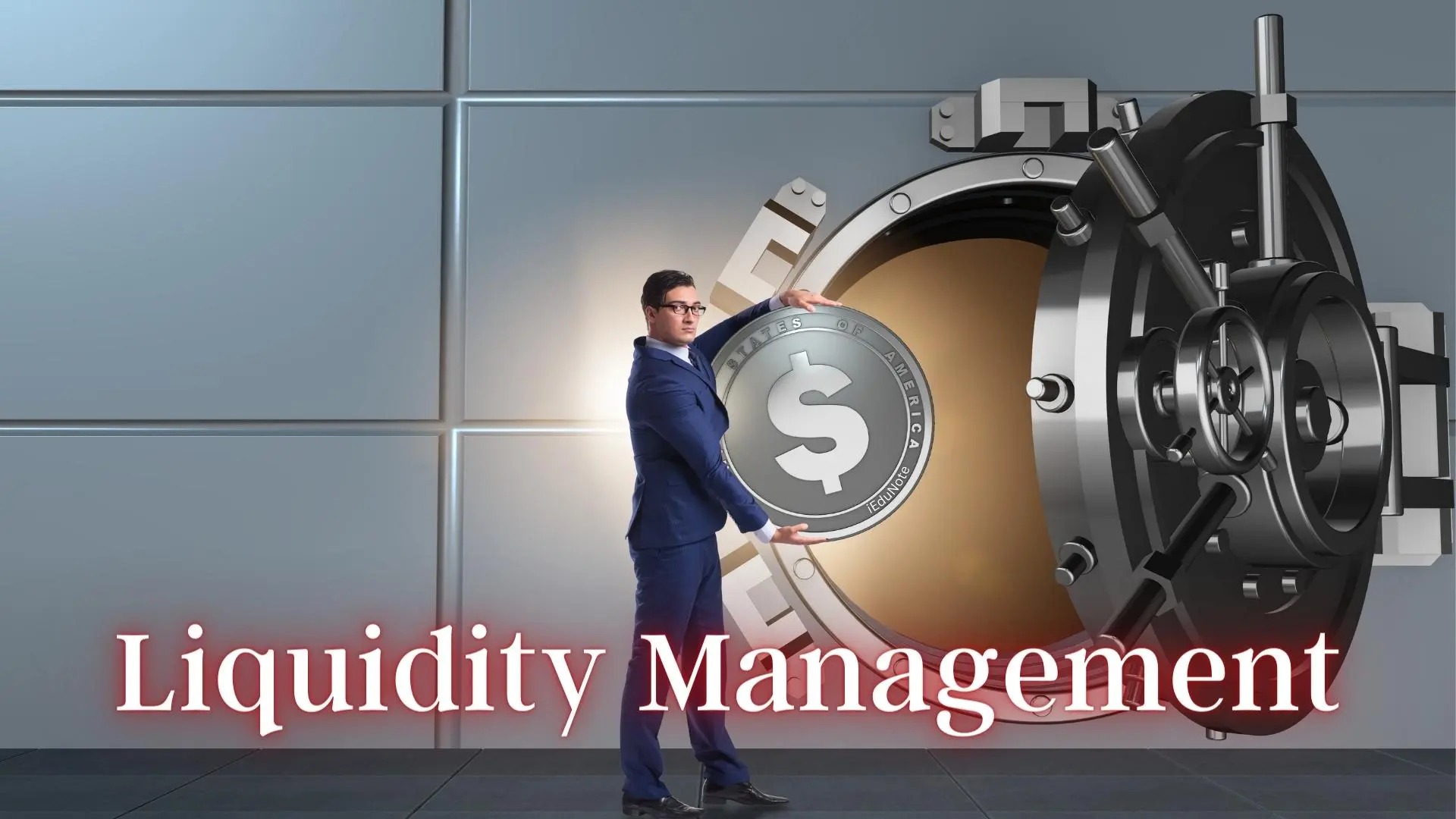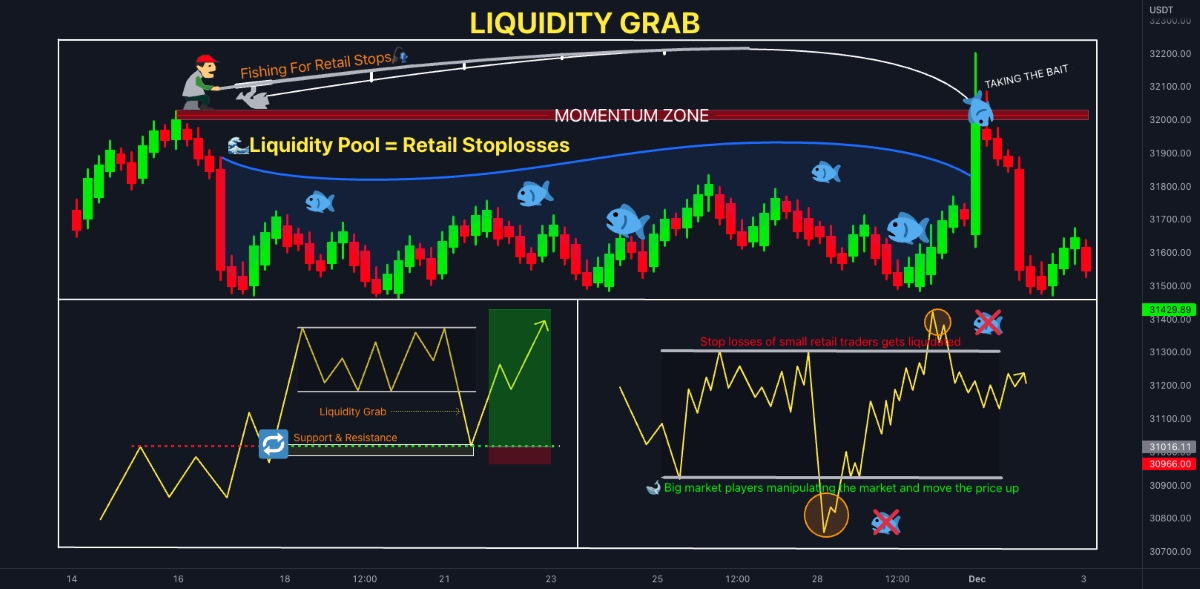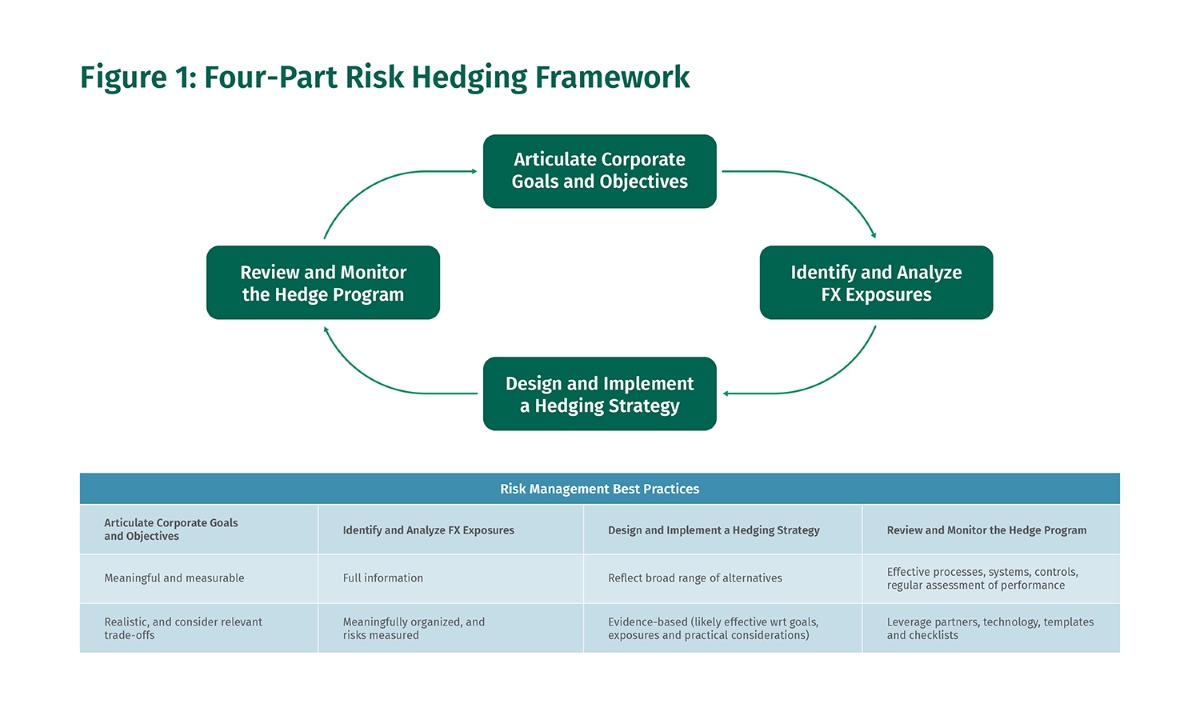Home>Finance>What Is Voluntary Liquidation? Definition And How It Happens


Finance
What Is Voluntary Liquidation? Definition And How It Happens
Published: February 16, 2024
Learn what voluntary liquidation is in the world of finance and how the process unfolds. Understand the definition and key steps involved.
(Many of the links in this article redirect to a specific reviewed product. Your purchase of these products through affiliate links helps to generate commission for LiveWell, at no extra cost. Learn more)
What Is Voluntary Liquidation? Definition and How It Happens
Welcome to our Finance category where we delve deep into various financial topics that matter to individuals and businesses alike. In this article, we are going to explore the concept of voluntary liquidation – what it means, how it happens and why it may be a necessary step for some companies facing financial challenges.
Key Takeaways:
- Voluntary liquidation is a process where a company voluntarily decides to wind up its operations, distribute assets, and cease existence.
- It can be initiated by the company’s directors, shareholders, or creditors when it becomes clear that the business is insolvent or can no longer sustain its operations.
Now, let’s dive into the details and understand the definition and steps involved in voluntary liquidation.
What is Voluntary Liquidation?
Voluntary liquidation, also known as a members’ voluntary liquidation or solvent liquidation, is a formal process undertaken by a company to close down its affairs and distribute its assets among the shareholders. Unlike compulsory liquidation, which is forced upon a company by its creditors or the court, voluntary liquidation is a voluntary decision made by the company itself.
When a company decides to enter into voluntary liquidation, it’s generally because it is facing financial difficulties or has achieved its purpose and is no longer viable to continue operating. The directors, shareholders, or creditors can initiate voluntary liquidation when they realize that the company’s debts cannot be paid off in a reasonable timeframe or that continuing the operations would only lead to further losses.
How Does Voluntary Liquidation Happen?
The process of voluntary liquidation typically follows a set of steps to ensure a fair and orderly winding up of the company’s affairs. Here is a brief overview:
- Appointment of a liquidator: The company’s directors must appoint a licensed insolvency practitioner as the liquidator, who will oversee the entire process.
- Board resolution and shareholder vote: The directors must hold a board meeting to pass a resolution recommending a voluntary liquidation. Subsequently, shareholders need to vote on the resolution at a general meeting.
- Notification to the Registrar of Companies: The company must inform the Registrar of Companies by filing the appropriate form, along with a copy of the shareholders’ resolution.
- Realization of assets: The liquidator’s primary task is to convert the company’s assets into cash. These proceeds are then used to pay off the company’s liabilities.
- Distribution of remaining funds: Once all the debts and liabilities have been settled, the remaining funds are distributed among the shareholders in proportion to their shareholding.
- Finalization and dissolution: After all the necessary steps have been completed, the liquidator applies to the Registrar of Companies for the dissolution of the company.
Key Takeaways:
- Voluntary liquidation is a process where a company voluntarily decides to wind up its operations, distribute assets, and cease existence.
- It can be initiated by the company’s directors, shareholders, or creditors when it becomes clear that the business is insolvent or can no longer sustain its operations.
Voluntary liquidation is a complex process, and seeking professional advice from insolvency practitioners or legal experts is crucial to ensure compliance with all legal requirements and efficient handling of the company’s affairs. If you find yourself in a situation where voluntary liquidation is being considered, make sure to consult with the relevant professionals to guide you through the process.
We hope this article has clarified the concept of voluntary liquidation and provided you with valuable insights into how it happens and why it may be necessary for a company. Stay tuned for more informative articles on various finance-related topics!














